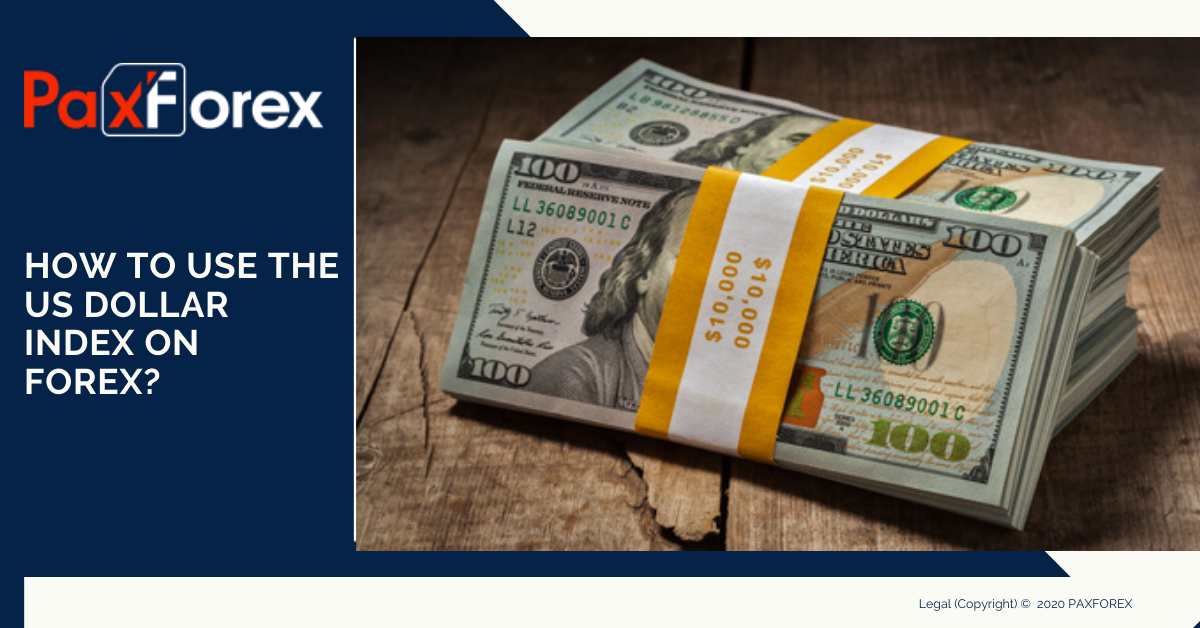
You've probably heard about the famous Dow Jones and S&P 500. But have you heard about the US dollar index? As well as the aforementioned stock indices, it is used to measure the strength or weakness of the US dollar (USD) against a basket of main currencies.
This index is very useful in the formation of the US dollar against the displacement of a number of actively traded currencies. Currency Basket involves EUR, JPY, GBP, CAD, SEK and CHF. It is strongly inclined to the euro, as this unit is 57.6% of the weight of the basket.
Abbreviations for the US Dollar Index are DXY and are USDX. Why index is so heavily weighted to the Euro part? Because, before the introduction of EUR, this index contained the French franc, the German mark, Italian lira and other European currencies. But when the euro has emerged as the single EU currency in 1999 year, it replaced all of the above national currencies.
Professional traders use it in order to diversify the USD spot transactions. Also, the index is used to trade EURUSD due to the fact that the couple and DXY moving in opposite directions. When EURUSD rises, the USDX falls. You should know this fact. And as the US dollar index is heavily tilted to the EUR, it may to some extent reflect the movement of the euro on the Forex market.
Suppose you are trading EURUSD on the daily chart, the pair is moving in upward trend, near the support level. Check the USDX chart. Since the USDX and the EURUSD move in the opposite direction, the index must be in a downtrend, near an area of resistance. If you confirm this observation on the USDX chart, you can enter to a long trading position on the EURUSD.
In the example above USDX has confirmed the trading signal on the EURUSD. Suppose EURUSD chart shows that the price action is ready to develop in a new direction. We are looking for the formation of the head and shoulders pattern on the intraday chart of EURUSD. The trend is going up. This means that with high probability, a new trend can be expected in the downstream direction. When the EURUSD moves down, it means the bull market for the US dollar.
If USDX chart reflects an upward trend, and the movement is on the verge of a breakthrough with a beautiful image of the head and shoulders pattern, then it means a possible business decline for the US dollar index and thus the weakening USD.
So, the EURUSD chart gives a bullish outlook for the US dollar, while the USDX chart reflects a bearish outlook for USD. Both of these signals do not confirm each other. Thus, you should refrain from a short trade on the EURUSD.







